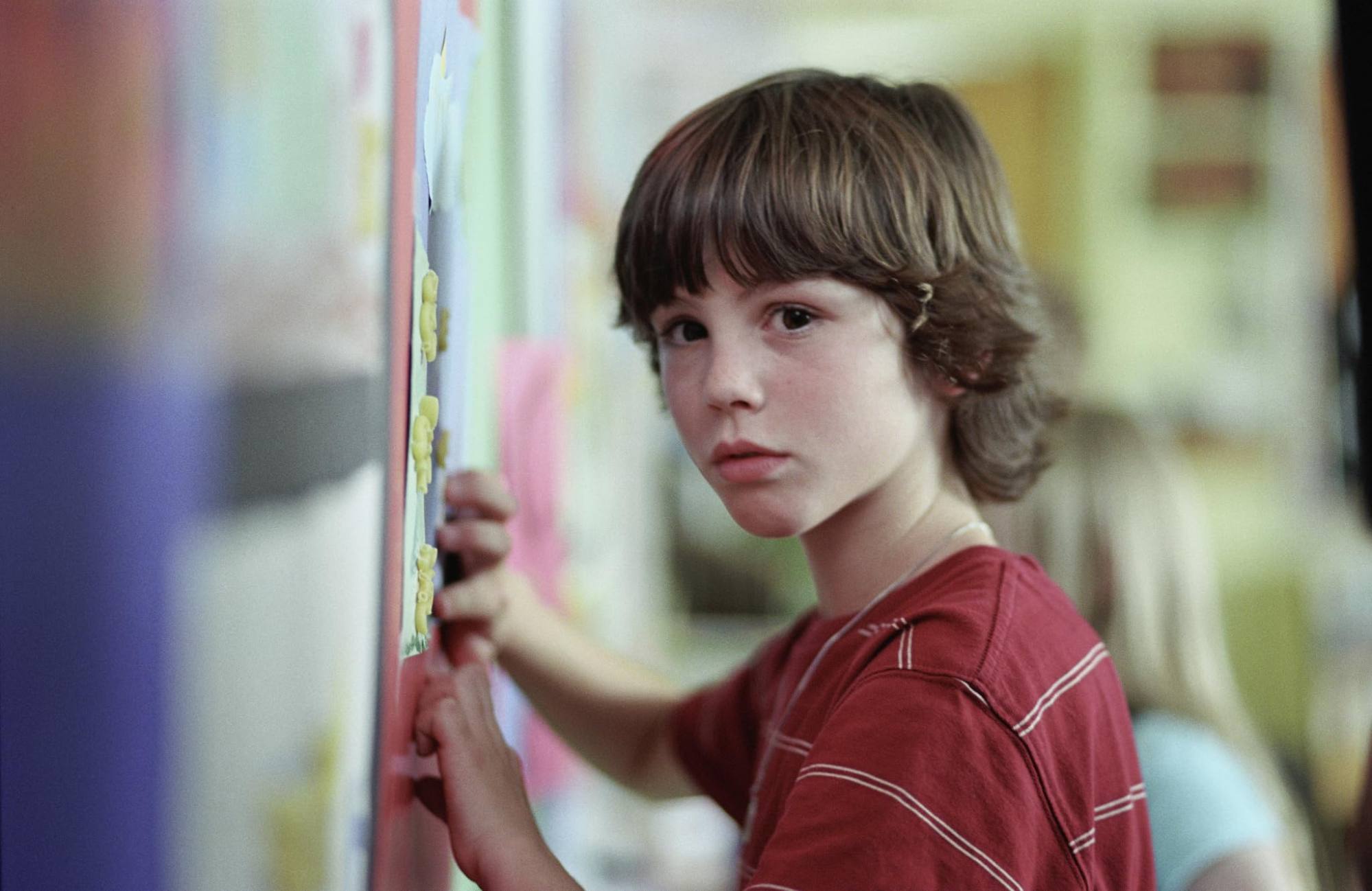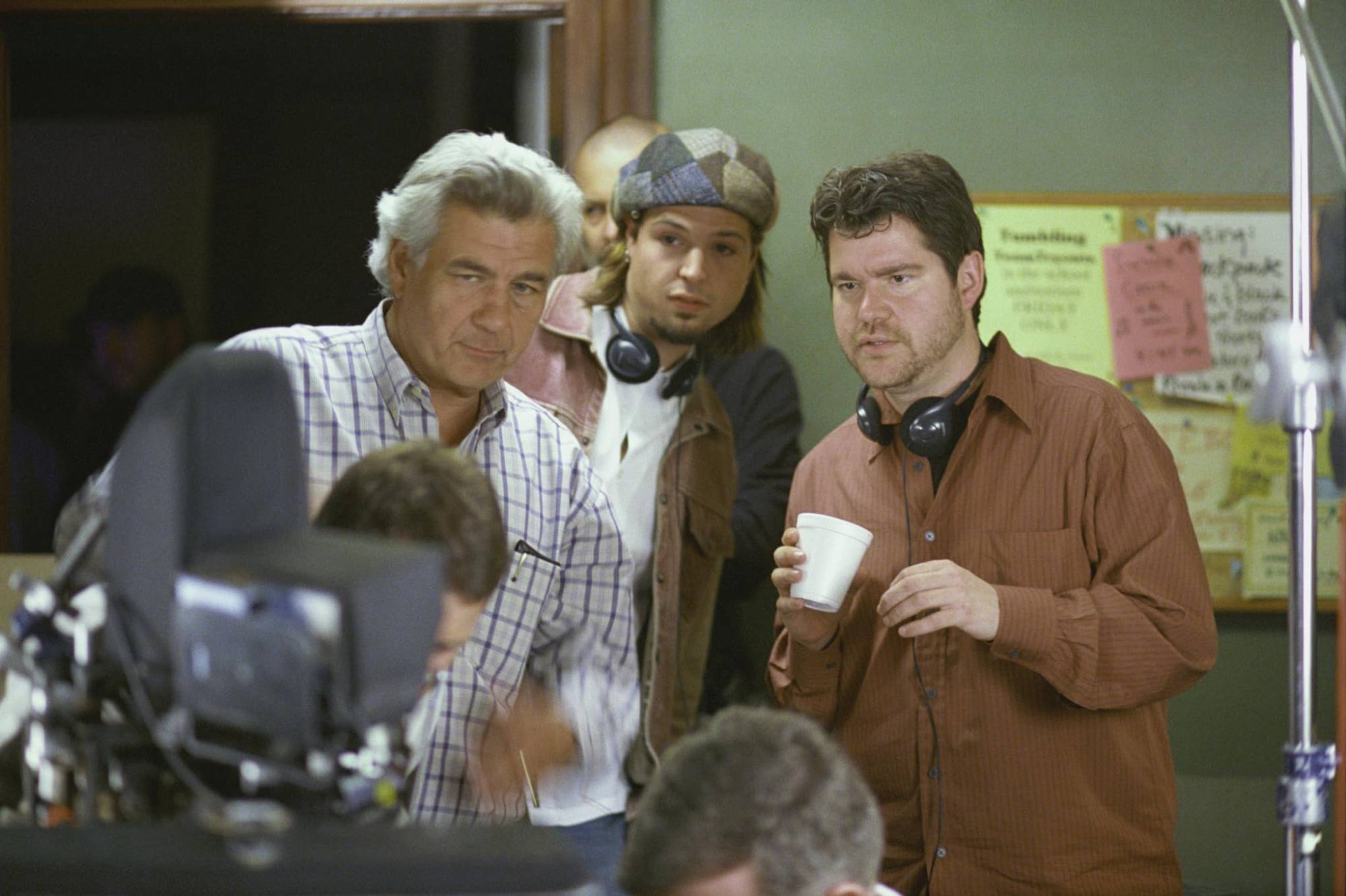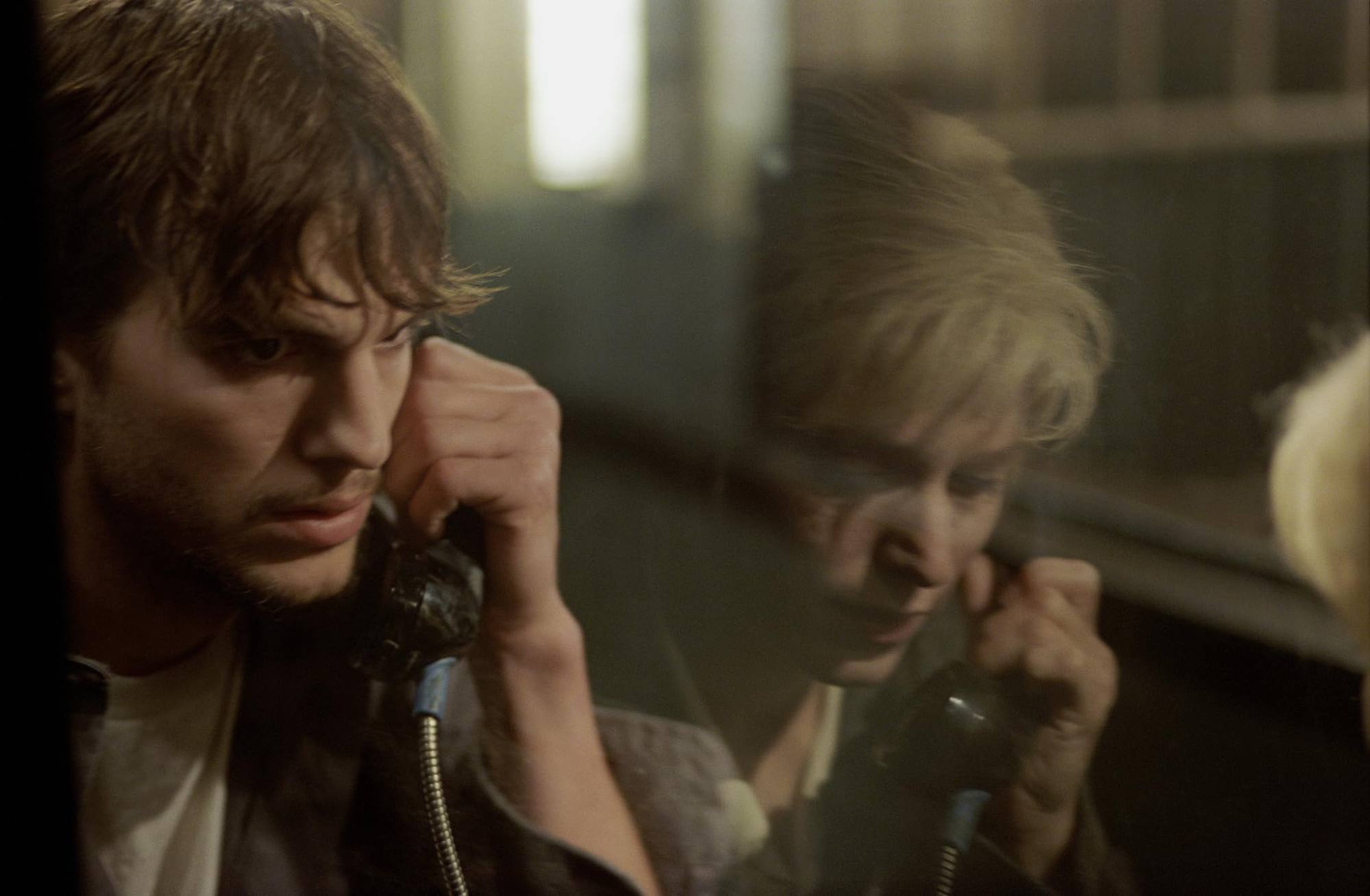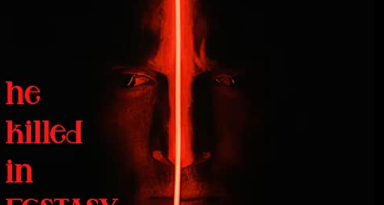The Butterfly Effect at Twenty: How the 2004 Film Led by Ashton Kutcher Filled the Void Left by Decent Hollywood Horror Films
The “butterfly effect” is a type of chaos theory named after a plot element from Ray Bradbury’s 1952 short story Thunder sound (It was filmed – horribly – in 2005.) As the film’s opening text explains, “It is said that something as small as the flapping of a butterfly’s wing could eventually cause a hurricane halfway around the world.”
Evan Treborn (Ashton Kutcher) is a young kid with an overworked mother (Melora Walters) and an institutional father (Callum Keith Rennie).
During times of extreme stress, he suffers from blackouts. Mostly these relate to his friends: damaged Kylie (Amy Smart), whom he tries to protect, her troubled brother Tommy (William Lee Scott) and her soft-spoken boyfriend Lenny (Elden Henson). Throughout the film, they are also played by other actors depending on their life expectancy.
As 12 Years a Slave turns 10, how has the Oscar winner held white America accountable?
As 12 Years a Slave turns 10, how has the Oscar winner held white America accountable?
At seven years old, Kylie (Sarah Widdows) and Evan (Logan Lerman) are videotaped semi-nude by her father (Eric Stoltz). When they were teenagers, the four children (John Patrick Amedori, Irene Gorovaya, Jesse James and Kevin J. Schmidt) blew up a mailbox with disastrous consequences. Later, an increasingly disturbed Tommy threatens to kill Evan’s dog.
Only when Evan reaches college does he realize that blackouts are moments in which he can change the future. He only needs to read one of his diaries to start the process – a stunning special effect that makes everything in the frame vibrate, as if moved by the invisible wings of a butterfly.
Evan’s unsolicited talent is reflected in his name – say Evan Treborn quickly and you’ll get Event Reborn. The problem, of course, is that every time he changes something, there are unforeseen consequences. One outcome sees Evan sent to prison for Tommy’s murder, and another sees Kylie become a drug-addicted prostitute.

We have seen this plot device before in various films such as It’s a wonderful life (1946), Back to the future (1985) and Primer (2004), but none of these films had the hero calling an assailant a “f**kbag,” or stabbing a tough guy in prison in the groin.
The script was a personal favorite of the filmmakers, and they did not want anyone else to direct it. They certainly gave it everything they had, which is part of its appeal and one of its drawbacks.
Confusing, strangely paced and eventful, The Butterfly Effect It has so many plot holes, there are entire articles dedicated to this topic online. One of the key events concerns a sequence in which Ivan, trapped in prison with his religious cellmate, returns to his childhood to disgrace himself without changing anything else around him.

It also means that the tone is wildly uneven, moving from dark scenes of child abuse to disturbing scenes at Dayglo College. It’s going to take some serious directorial finesse to untangle these circles, and Preece and Gruber aren’t quite up to the task.
Kutcher, known as a television comedian That ’70s Show, is similarly extended, and there are some truly terrible lines. “April 15,” young Ivan writes in his diary. “Today I’m going to meet my dad. His name is Jason and he’s crazy. I hope he’ll let me call him dad.”
But despite all this awkwardness, the film’s get-out-of-jail card is that it’s distinctly serious. Evan’s blackouts are consistent with the disconnection that victims of assault experience in real life. “Where did we all go?” Kaylee’s father asks. “I was somewhere else.”

At the same time, his time travel can be seen as a metaphor for the return of repressed childhood memories in adulthood.
This plot appears to be inspired by recovered memory therapy, a controversial treatment that led to a number of court cases in the late 1990s in America. At the very least, the events of Evan and Friends suggest that the characters are cursed to live through their traumas in order to break free from them—a meaty subtext for a mainstream genre film.
There’s also something about the film’s paranoid plot that captures the intensity of being young and lost. Aside from the time travel aspect, most of the darkest moments are the horrors of the possible – abuse, exile, violence – and when Kylie says, “Nothing’s better, nothing ever gets better,” she speaks for disaffected youth everywhere.

Even in the film’s silliest moments, you never know what’s going to happen. This explains why different versions of the film have different endings. While the theatrical version has a cautiously optimistic finale, the director’s cut – which is much better – is, appropriately, black.
althoug The Butterfly Effect It was poorly reviewed, spawned two poor sequels that were barely connected, and has since become a cult favorite and there is, without a doubt, a great movie out there somewhere. Maybe it’s time for Bryce and Gruber to dig out their journals, go back to the beginning, and try it again.
As 12 Years a Slave turns 10, how has the Oscar winner held white America accountable?
As 12 Years a Slave turns 10, how has the Oscar winner held white America accountable?




(tags for translation)Butterfly Effect


